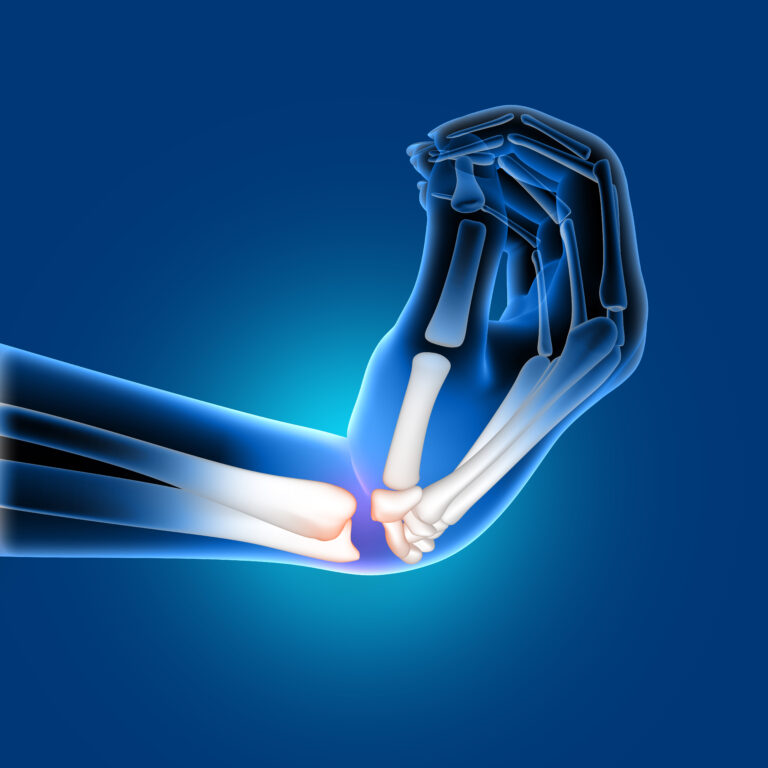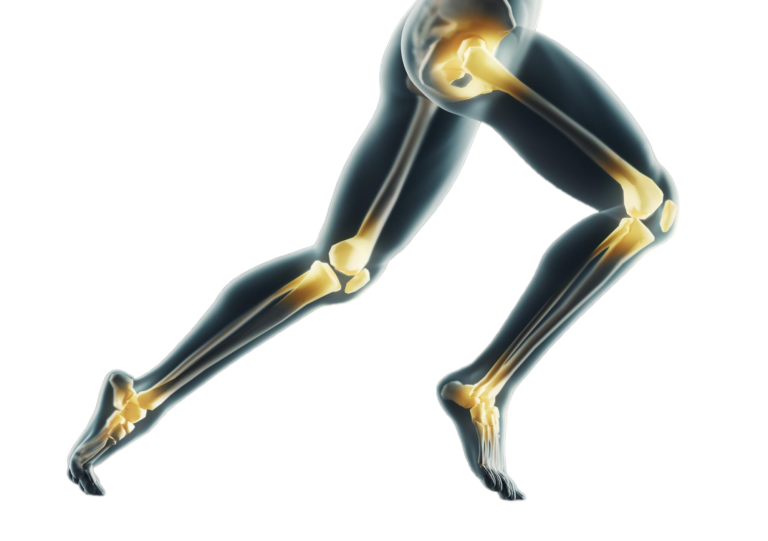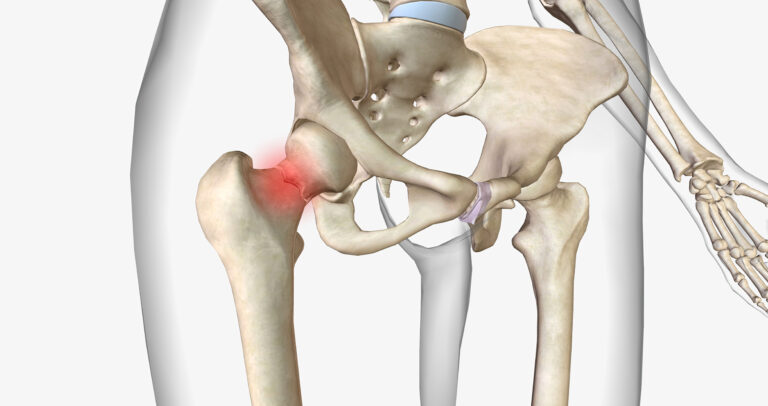The knee joint is crucial for everyday activities like walking, running, and jumping. Its complex structure makes it prone to various issues. This post covers the basics of knee anatomy, common problems, and tips for maintaining healthy knees.
Understanding Knee Anatomy
The knee is a hinge joint connecting the thigh bone (femur) to the shin bone (tibia), involving the kneecap (patella) and the smaller bone (fibula). Key components include:
- Bones: Femur, tibia, patella, and fibula.
- Cartilage: Articular cartilage for smooth movement and menisci as shock absorbers.
- Ligaments: ACL, PCL, MCL, and LCL for stability.
- Tendons: Quadriceps and patellar tendons for muscle attachment.
Common Knee Problems
Knee issues often arise from its complexity and the stress it endures. Common problems include:
- Osteoarthritis: Degeneration of cartilage causing pain and stiffness.
- Ligament Injuries: ACL, PCL, MCL, and LCL injuries from twists or impacts.
- Meniscus Tears: Tears from twisting movements, causing pain and swelling.
- Tendinitis: Inflammation of tendons due to overuse.
- Bursitis: Inflammation of bursae, causing pain and swelling.
Tips for Healthy Knees
Stay Active
Engage in low-impact exercises like swimming, cycling, and walking to strengthen knee-supporting muscles. Include strength training exercises such as squats and leg presses.
Maintain a Healthy Weight
Keep a balanced diet and exercise regularly to avoid excess weight, reducing stress on the knees.
Use Proper Techniques
Lift heavy objects with your knees bent and leg muscles engaged to avoid knee strain.
Wear Supportive Footwear
Choose shoes with good support and cushioning to reduce knee impact.
Stretch and Strengthen
Regularly stretch and strengthen the quadriceps, hamstrings, and calves to support knee stability.
Seek Medical Advice
Sure! Here’s a shorter, rephrased version of the blog post about the knee joint:
Essential Tips for Knee Joint Health
The knee joint is crucial for everyday activities like walking, running, and jumping. Its complex structure makes it prone to various issues. This post covers the basics of knee anatomy, common problems, and tips for maintaining healthy knees.
Understanding Knee Anatomy
The knee is a hinge joint connecting the thigh bone (femur) to the shin bone (tibia), involving the kneecap (patella) and the smaller bone (fibula). Key components include:
- Bones: Femur, tibia, patella, and fibula.
- Cartilage: Articular cartilage for smooth movement and menisci as shock absorbers.
- Ligaments: ACL, PCL, MCL, and LCL for stability.
- Tendons: Quadriceps and patellar tendons for muscle attachment.
Common Knee Problems
Knee issues often arise from its complexity and the stress it endures. Common problems include:
- Osteoarthritis: Degeneration of cartilage causing pain and stiffness.
- Ligament Injuries: ACL, PCL, MCL, and LCL injuries from twists or impacts.
- Meniscus Tears: Tears from twisting movements, causing pain and swelling.
- Tendinitis: Inflammation of tendons due to overuse.
- Bursitis: Inflammation of bursae, causing pain and swelling.
Tips for Healthy Knees
Stay Active
Engage in low-impact exercises like swimming, cycling, and walking to strengthen knee-supporting muscles. Include strength training exercises such as squats and leg presses.
Maintain a Healthy Weight
Keep a balanced diet and exercise regularly to avoid excess weight, reducing stress on the knees.
Use Proper Techniques
Lift heavy objects with your knees bent and leg muscles engaged to avoid knee strain.
Wear Supportive Footwear
Choose shoes with good support and cushioning to reduce knee impact.
Stretch and Strengthen
Regularly stretch and strengthen the quadriceps, hamstrings, and calves to support knee stability.
Seek Medical Advice
If you have persistent knee pain or suspect an injury, consult a doctor for early diagnosis and treatment. Options may include physical therapy, medications, or surgery.
Conclusion
Understanding and caring for your knee joint is essential for mobility and an active lifestyle. Regular exercise, maintaining a healthy weight, using proper techniques, and wearing supportive footwear can help prevent knee problems and keep your knees healthy.
Disclaimer: The information provided in this blog post is for general informational purposes only and should not be considered professional advice. Before making any health-related decisions, consult with a qualified healthcare professional. The content is not a substitute for medical advice, and individual results may vary. The author and website are not responsible for any consequences arising from the use of the information provided. Use your best judgment and seek professional advice when needed.



